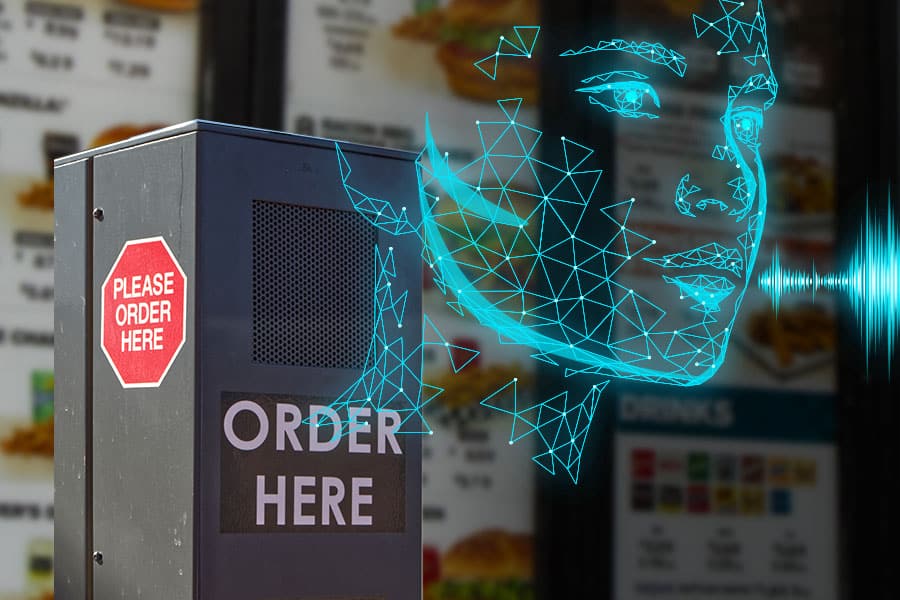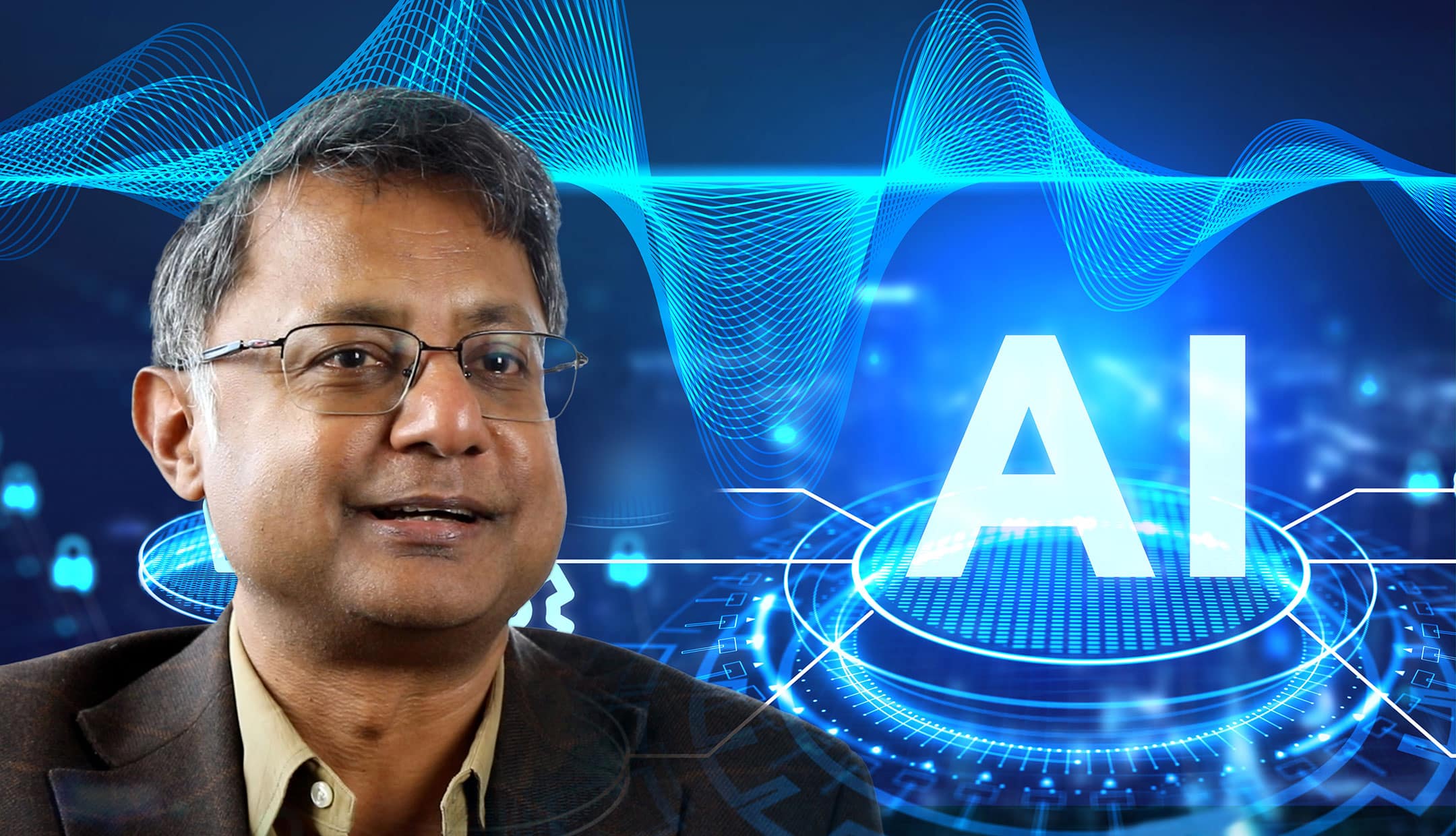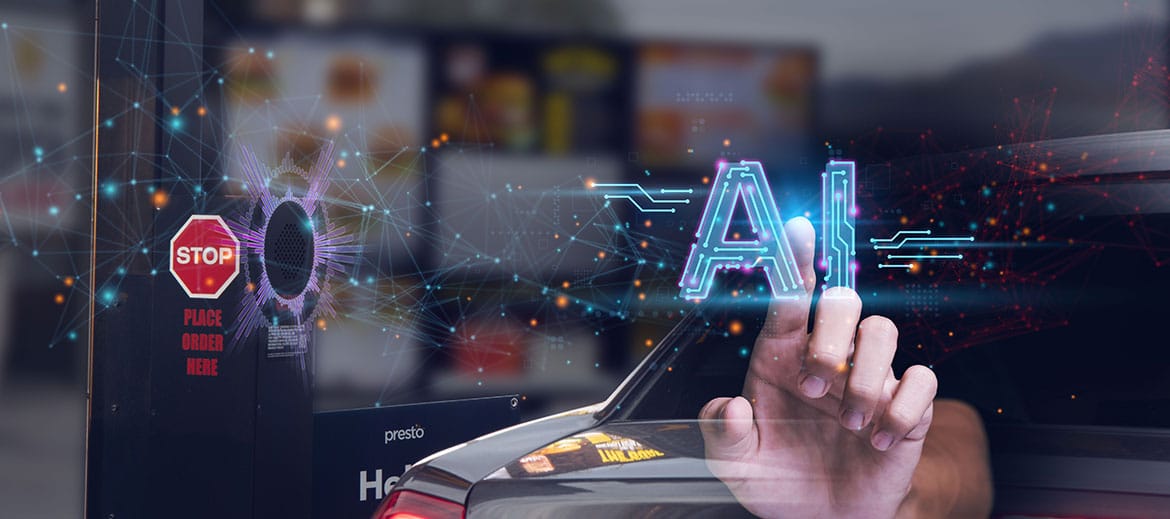An analysis of emerging automation trends in restaurant drive-thrus, how A.I. voice assistants can help improve labor productivity, and what you can do today.
They don’t call in sick, are never late, are always pleasant to talk to – even at 2 a.m. – and never forget to up-sell that milkshake. Welcome to the world of A.I. voice assistants for the restaurant drive-thru!
The U.S. is in the middle of a historic labor shortage. With the recent growth of the gig economy, businesses like Uber, DoorDash, and Instacart are pulling people away from the same labor pool. If the restaurant industry is to tackle this problem head-on, we need new solutions because doing more of the same is not going to solve the problem. According to a recent survey by the National Restaurant Association, “over 50 percent of restaurant operators said that recruiting and retaining employees was their top challenge”. In the same survey, 80% of the restaurants said that using technology would give them a competitive advantage.
Can A.I. voice assistants help address the labor shortage?
The answer is a resounding ‘yes’. Historically, restaurants have been slow to adopt technology, but the labor shortage is forcing them to realize that they need A.I. voice automation now. Turning to A.I. voice technology is an immediate solution for QSRs and fast-casual restaurants to mitigate the labor shortage. A.I. voice technology is disrupting how restaurants operate their drive-thrus and is likely to be the new norm over the next few years.
Furthermore, the return on investment (ROI) on this technology is solid as it starts paying for itself from day one. Key benefits for restaurant drive-thrus adopting A.I. voice technology include:
- Reduced costs through automation of the most labor-dependent tasks
- Increased revenue through consistent and adaptive upsell
- Improved margins through significant reduction in labor costs
- Improved order accuracy through minimization of human error
- Better staff retention as a result of increased job satisfaction and higher wages
- Improved guest satisfaction as a result of reduction in wait times and a more personalized experience
A.I. voice assistants also help you retain your best staff because you can have them focus on the less mundane aspects of the business that require greater human oversight and pay more.
Voice A.I. technology is nothing new.
Most of us already experience voice A.I. technology in our daily lives thanks to the likes of Siri, Alexa, Google Assistant, or your bank’s customer support. Voice A.I. innovation has seen huge strides in the past decade since Apple introduced Siri with the iPhone4S launch in 2011.
In a recent Opus Research Report, State of Voice Technology, 99% of respondents viewed voice-enabled experiences as a critical part of their future enterprise growth strategy. Many of the industries surveyed identified customer service as the number one business function fulfilled by voice assistants. This includes banking & finance, hospitality, QSRs, retail, telecom, transportation, and entertainment & media.
A.I. voice technology has been around for over 10 years now. The technology has reached a tipping point – both in terms of the maturity of the technology as well as consumer understanding of its value proposition. Forward-thinking restaurant chains can stay ahead of the curve and leverage this powerful technology to solve their immediate labor shortage challenges. Chains that choose to wait will likely end up spending a lot more on a fundamentally obsolete model that relies on minimum-wage staff that is less available.
Recent industry deployments.
Taking the lead is Checkers & Rally’s, a medium-sized burger chain, that recently became the first national brand to utilize next-gen voice ordering technology nationwide in their drive-thrus.
“The automated voice ordering is a really nice thing for franchisees to have right now because it takes the pressure off of their employees,”
says Robert Bhagwandat, Senior Director of Franchising Development at Checkers & Rally’s.
“We have found that it saves many hours of labor per day per store – that’s quite a bit of money saved when you calculate it for an entire year. Now employees can work more efficiently.”
Many other QSR chains such as McDonald’s have also been reported to be actively evaluating A.I. voice assistant solutions for their drive-thrus.
Time to take action is now.
A.I. voice technology is poised to disrupt the restaurant drive-thru industry, spurred by the ongoing labor shortage. It is easy to deploy, doesn’t require any changes to your existing concept, improves customer retention, drives revenue growth, and helps you build a significantly more productive workforce.
Restaurant chains that embrace next-gen technology like A.I. voice assistants will quickly get ahead and stay there. Those who don’t are likely to continue struggling to keep capacity open and maintain profitability. Which one will you be? In any case, the next time you drive through your favorite fast-food restaurant, you just might be greeted by an A.I. voice assistant.
About Presto
Presto overlays next-gen digital solutions onto the physical world. Our enterprise-grade touch, vision, and voice technologies help hospitality businesses thrive while delighting guests. With over 100 million guests using Presto each month and 300,000 systems shipped, we are one of the largest technology providers in the industry.
Founded at M.I.T. in 2008, Presto is headquartered in Silicon Valley, Calif. with customers including top 20 hospitality chains such as Applebee’s, Aramark, Chili’s Grill & Bar, Denny’s, and Outback Steakhouse.



